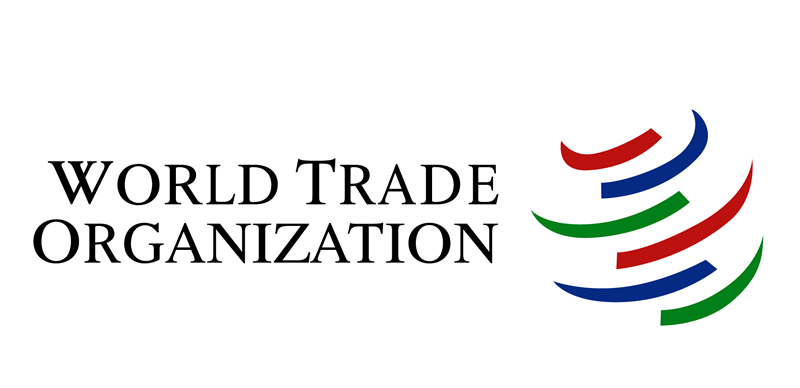The World Trade Organization (WTO) reported a surprising surge in global goods trade during the first quarter of 2025, defying earlier projections of a slowdown. This unexpected growth, reflected in a rise of the WTO’s Goods Trade Barometer to 103.5, was primarily attributed to “frontloading” – a phenomenon where importers accelerate purchases to stockpile goods before anticipated tariff hikes take effect. This proactive measure by businesses created a temporary boost in trade activity, pushing the barometer reading above 100, the threshold indicating stronger-than-trend growth. However, the WTO cautioned that this momentum might be short-lived, citing declining new export orders as a potential harbinger of weaker trade growth in the subsequent months. The organization highlighted the underlying concerns about future demand and escalating policy uncertainty as factors contributing to the drop in forward-looking indicators.
The robust trade activity in early 2025 was largely fueled by increased shipping and air freight operations, as indicated by the elevated container shipping index (107.1) and air freight index (104.3). The automotive sector also demonstrated resilience, with its index reaching 105.3, reflecting sustained demand for vehicles. Furthermore, the electronics sector, which faced challenges in the preceding years, exhibited signs of recovery, with its index rising to 102.0. This resurgence was attributed to stabilizing semiconductor supply chains and renewed consumer demand, offering a glimmer of hope for a sector previously grappling with disruptions. These indicators painted a picture of vibrant global logistics and specific industry resilience, contributing to the overall positive trend observed in the first quarter.
Despite the positive short-term trend, the WTO’s analysis revealed underlying weaknesses that threatened to undermine sustained trade growth. The new export orders index, a crucial indicator of future trade performance, fell to 97.9, dipping below the neutral mark of 100 for the first time in several months. This decline suggests a softening in overseas demand, potentially signaling a slowdown in the second half of the year. Coupled with this, the raw materials index showed only modest growth, barely edging above the baseline at 100.8. These indicators, in contrast to the positive momentum observed in logistics and certain industries, painted a more nuanced picture of the global trade landscape, highlighting emerging vulnerabilities.
The WTO’s earlier forecasts had anticipated a moderation in global merchandise trade volume growth towards the end of 2024, followed by a potential rebound in early 2025. This projected rebound, however, was heavily predicated on a low-tariff scenario, which projected a 2.7% growth in global trade for 2025. However, the unfolding reality of escalating trade tensions and the implementation of new tariffs painted a different picture. By mid-April, factoring in the actual policies in place, the WTO revised its forecast to a potential 0.2% contraction. This significant downward revision underscores the impact of protectionist measures on global trade prospects.
Further complicating the trade outlook were subsequent developments, including new trade agreements between the US and China, and the US and UK, juxtaposed against increased duties on steel and aluminium. These conflicting policy directions created considerable uncertainty, leading the WTO to further adjust its global trade growth estimate for 2025 to a mere 0.1%. This precarious position highlights the sensitivity of global trade to policy fluctuations and the potential for further deterioration if trade tensions escalate. The WTO emphasized the precariousness of the situation, warning of a possible slip back into contraction if businesses curtail investment and orders due to persistent policy uncertainties.
In essence, while the first quarter of 2025 witnessed a surprising surge in global trade activity driven by preemptive stockpiling ahead of anticipated tariff increases, the underlying indicators suggest that this momentum is unlikely to be sustained. The decline in new export orders, coupled with modest growth in the raw materials sector, points to a potential slowdown in the coming months. The fluctuating trade policy landscape, characterized by new trade agreements on the one hand and increased tariffs on the other, has created significant uncertainty, further clouding the trade outlook. The WTO’s revised forecast of a meager 0.1% growth for 2025, significantly downgraded from earlier projections, reflects the vulnerability of global trade to escalating trade tensions. The organization cautions that the situation could worsen further if major economies resort to reciprocal tariffs or if policy uncertainty continues to undermine business confidence and investment.


